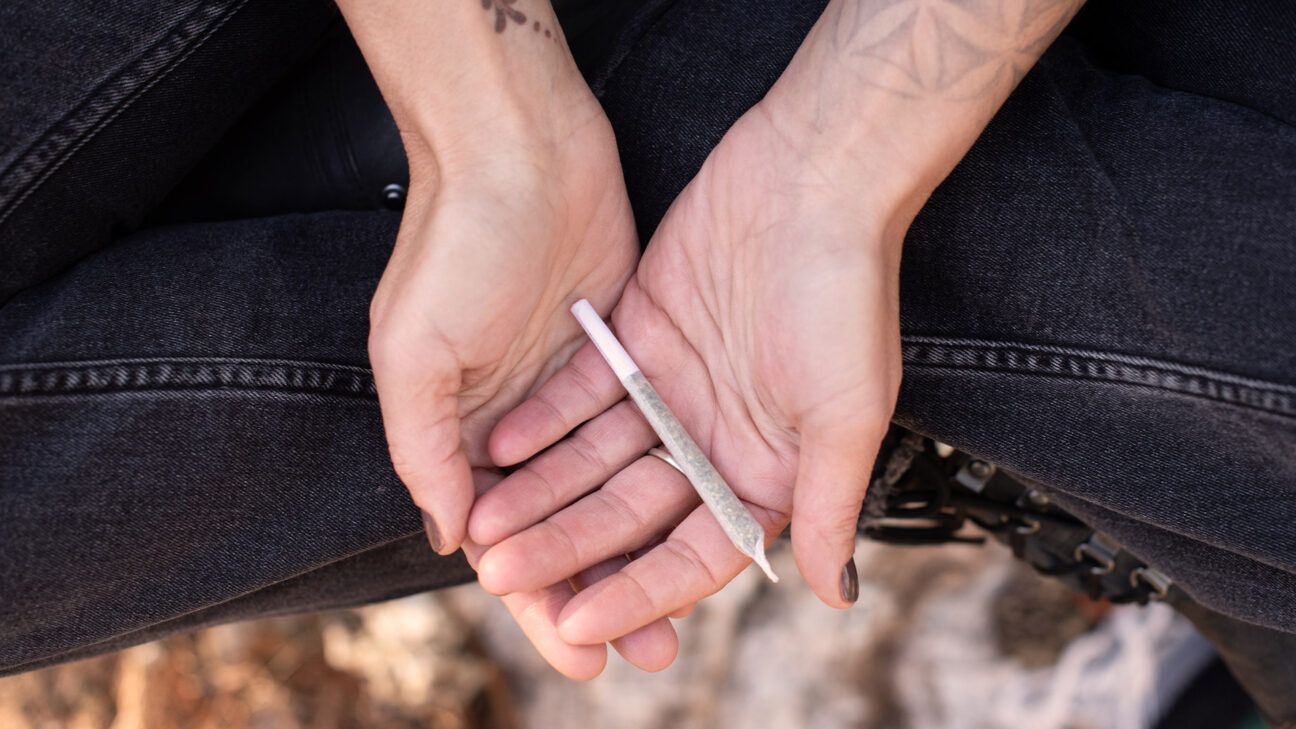Medicare Price Cuts for 10 Common Prescription Drugs: What to Know

- Medicare announced negotiated prices for 10 prescription drugs, ranging from 38% to 79% discounts on the drug list prices.
- Price negotiation resulted from a provision of the Inflation Reduction Act, signed into law in 2022.
- While Medicare enrollees should see lower out-of-pocket costs for these 10 drugs starting in 2026, other factors may lessen the impact.
Medicare enrollees are expected to save money on 10 prescription drugs starting in 2026, after the federal government successfully negotiated with pharmaceutical companies to lower list prices for these medications.
The discounts on the list prices range from 38% for the blood cancer drug Imbruvica to 79% for the diabetes drug Januvia.
About nine million Medicare enrollees use at least one of the drugs selected for price negotiation, the U.S. Department of Health and Human Services said August 15 in a news release.
The department estimates that in 2026, enrollees will save a combined $1.5 billion on out-of-pocket costs such as copays at the pharmacy. How much individuals save personally depends on their Medicare Part D coverage.
Taxpayers spent more than $56 billion on the 10 drugs in 2023, HHS said. Had the negotiated prices been in effect last year, Medicare would have saved an estimated $6 billion.
The 10 medications were selected last year for the initial round of price negotiations based on conditions laid out in the Inflation Reduction Act, which was signed into law by Biden in 2022.
Previously, individual Medicare plans were able to negotiate prescription drug prices, but Medicare was banned from using its leverage to negotiate prices for the program as a whole.
All Democrats in Congress voted for the IRA, while all Republicans voted against the bill.
Which drugs are impacted?
Here are the 10 medications selected for this initial round of price negotiations, with the discount off the 2023 list price, according to HHS:
- Januvia (diabetes): 79%
- Fiasp/NovoLog (diabetes): 76%
- Farxiga (diabetes, heart failure, chronic kidney disease): 68%
- Enbrel (rheumatoid arthritis, psoriasis): 67%
- Jardiance (diabetes, heart failure, chronic kidney disease): 66%
- Stelara (psoriasis, Crohn’s disease, ulcerative colitis): 66%
- Xarelto (prevention and treatment of blood clots, coronary or peripheral artery disease): 62%
- Eliquis (prevention and treatment of blood clots): 56%
- Entresto (heart failure): 53%
- Imbruvica (blood cancers): 38%
These drugs represent a range of conditions rather than just one or two.
“What Medicare did with these first 10 drugs is focus on medical conditions that affect the Medicare population more than the general population,” said Robert Slavkin, JD, chair of Akerman LLP’s Healthcare Practice Group.
The negotiated prices will go into effect in January 2026.
Early next year, the U.S. Centers for Medicare & Medicaid Services (CMS) will select up to 15 additional drugs for price negotiation, with lower prices to take effect in 2027. This will be followed by lower prices for up to 20 more Part B or Part D drugs for each year after that.
The pharmaceutical industry has filed several lawsuits to keep the negotiated prices from going into effect. So far, none have succeeded.
The industry has claimed that price negotiation will hamper drug innovation. However, the non-partisan Congressional Budget Office estimates that the IRA will prevent 13 new drugs from coming to market over the next 30 years — out of an estimated 1,300 new drugs.
What could Medicare enrollees save?
Many enrollees will see out-of-pocket savings on the medications that are subject to price negotiations, but it will depend on their Medicare Part D coverage.
HHS gave a hypothetical example of a Medicare enrollee taking Stelara who pays a 25% coinsurance on the drug. Today this would amount to about $3,400 for a 30-day supply. After the negotiated price takes effect, they would pay $1,100 per month.
“If you’re taking one of those 10 negotiated drugs, the odds are, the government will benefit, and you, the patient, will benefit,” said Mark Fendrick, MD, director of the University of Michigan Center for Value-Based Insurance Design.
However, he pointed out that it’s not clear yet what Medicare Part D and Medicare Advantage prescription drug (MAPD) plans will do with these drugs, in terms of formulary placement.
“I believe these first 10 drugs will be placed in really good positions [on the formulary], with lower out-of-pocket costs for patients,” he told Healthline.
“But as the great [baseball player] Yogi Berra said, ‘It’s tough to make predictions, especially about the future,’” Fendrick added.
Slavkin agrees that ultimately the price negotiations will have a positive impact for Medicare and Medicare enrollees.
“The question is, ‘How?’ And I don’t think we know the full answer to that yet,” he said, pointing to the many aspects of the healthcare system that could affect how much enrollees end up paying out of pocket.
This includes pharmaceutical manufacturers, insurers, and pharmacy benefit managers (PBMs), as well as drug rebates, out-of-pocket caps and the Medicare donut hole coverage gap.
In addition, “pharmaceutical companies have programs to help patients pay for their drugs,” Slavkin told Healthline, “which may affect whether price negotiation is going to ultimately have a positive impact on Medicare beneficiaries.”
Unintended consequences of negotiation
The price negotiations could also have unintended consequences that might reduce out-of-pocket savings for Medicare enrollees, said Fendrick. He expanded on these in a recent Health Affairs commentary.
While CMS price negotiation sets a “maximum fair price” for a drug, there are no regulations for how Part D insurers make the drug available.
For example, insurers could require enrollees to pay a larger percentage of out-of-pocket costs for a negotiated drug. Since patient cost-sharing requirements are often based on a drug’s “list price,” this could help plans recoup their lost revenue.
Plans could also restrict access to drugs with negotiated prices by adding in additional administrative hurdles, such as requiring that physicians obtain prior authorization before prescribing a medication, or asking patients to try other medications first.
“CMS has acknowledged that [these kinds of things] might happen,” said Fendrick, “so it’s really important that we continue to watch to make sure it doesn’t.”
“Because the whole goal of negotiating prices for these drugs is to lower the cost not only for the government but also for the patient,” he said.
Other ways to save on prescriptions
While Medicare price negotiation is one of the most highly publicized healthcare parts of the IRA, Fendrick pointed out three other provisions that will help Medicare enrollees save on their medications even sooner than 2026.
First, the $35 monthly cap on out-of-pocket costs for insulin prescriptions, which went into place last year.
Second, is the removal of cost-sharing for vaccines covered under Part D plans, such as shingles and pneumococcal vaccines. “This is hardly ever talked about, but it’s really impactful,” said Fendrick.
Third, the $2,000 out-of-pocket cap on Medicare enrollees’ prescription drug spending. This takes effect next year.
Connected with the out-of-pocket cap is the Medicare Prescription Payment Plan (MPPP), an optional program that allows people on Medicare to pay for their medicines in predictable monthly installments.
“A lot of older adults on a fixed income can’t pay $2,000, particularly at one time,” said Fendrick, “which can happen if you are taking something like a cancer drug or a drug for an autoimmune condition.”
He suggests people consider signing up for MPPP when Medicare Open Enrollment happens in the fall.
Takeaway
Medicare announced negotiated prices on 10 prescription drugs, with the lower list prices set to take effect in January 2026. The impact on Medicare enrollees will depend on their Part D plan.
The discounted list prices range from 38% for the blood cancer drug Imbruvica to 79% for the diabetes drug Januvia. About 9 million Medicare enrollees use at least one of these drugs.
While price negotiation will likely lower patients’ out-of-pocket costs, insurers could increase cost-sharing for these drugs or restrict access to them through increased administrative hurdles.
Medicare Price Cuts for 10 Common Prescription Drugs: What to Know Read More »








